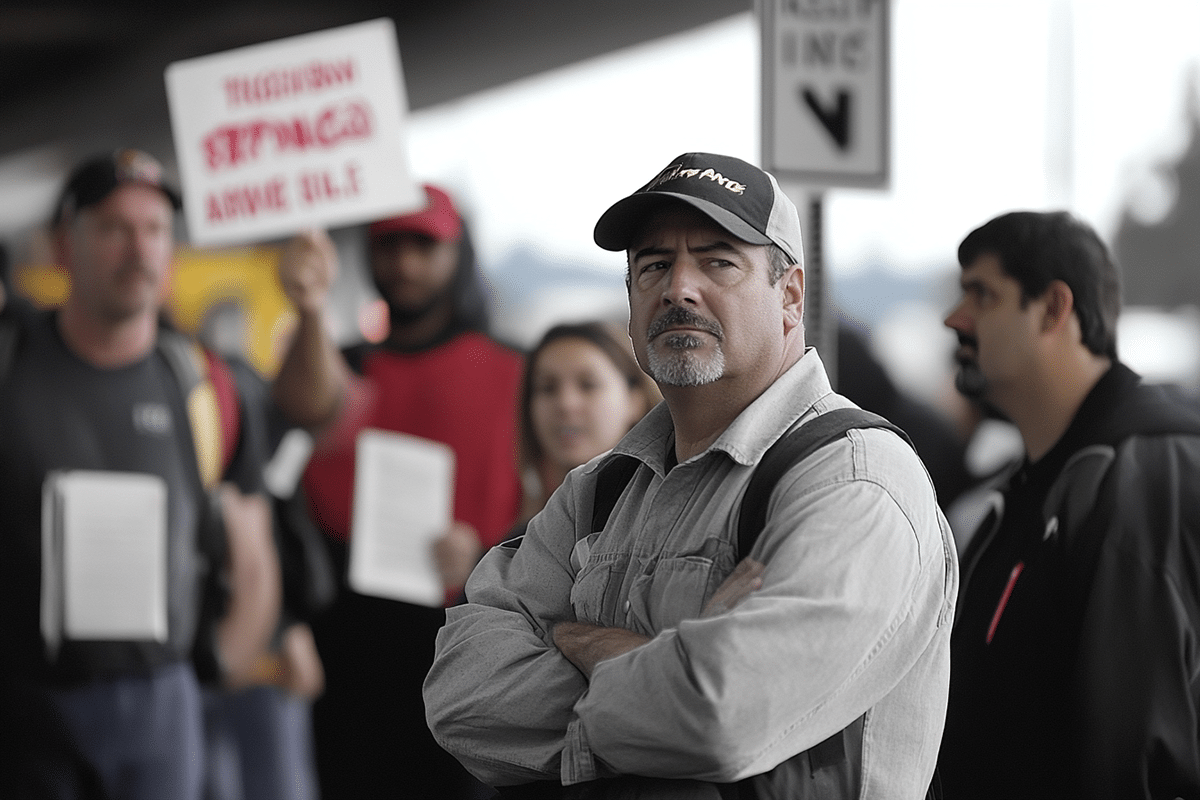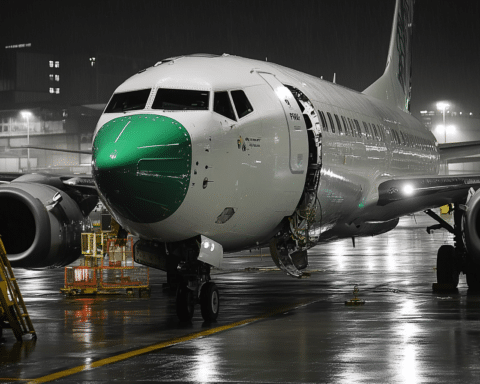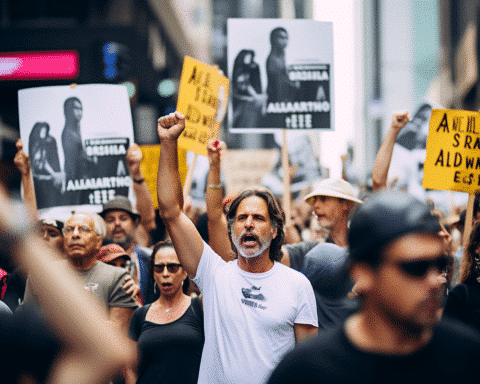Boeing’s labor strike continues as factory workers voted against the company’s latest contract proposal, extending a standoff that began on September 13. This rejection halts the production of Boeing’s most important jetliners, such as the 737 Max, 777, and 767, dealing another blow to the aerospace giant.
Workers emphasized the need for both fair wages and the restoration of a traditional pension plan that Boeing froze a decade ago. Despite wage increases in the proposed deal—35% over four years—employees found it insufficient, especially when factoring in rising health care costs and retirement uncertainties.
The union initially demanded a 40% wage increase over three years, while the latest proposal would have amounted to 39.8% when compounded. However, employees maintain that the absence of a pension plan was a critical sticking point, further fueling frustration. Some workers expressed concerns that current benefits, even when combined with 401(k) plans, would not ensure financial security in retirement.
Boeing’s leadership faces growing challenges from the strike’s disruption. Production delays are blocking critical deliveries of aircraft, depriving the company of cash it needs to stabilize its financial standing. Boeing’s third-quarter results revealed a $6.17 billion loss, one of the worst in its history, with the company burning through $2 billion in cash over the period. Boeing also reported $58 billion in debt and does not expect to generate positive cash flow until the second half of 2025.
CEO Kelly Ortberg, who took over leadership in August, is navigating these disruptions while dealing with mounting financial difficulties and reputational setbacks. Ortberg acknowledged that Boeing is at a turning point, requiring significant cultural reforms to rebuild trust between management and labor. As part of his strategy, he announced large-scale layoffs affecting 17,000 employees and laid out plans to increase cash flow to prevent a bankruptcy filing.
The labor conflict comes during a turbulent period for Boeing, which is still recovering from multiple safety incidents and federal investigations. Production of the 737 Max has already been affected by past tragedies, including two fatal crashes in 2018 and 2019 that resulted in the deaths of 346 people. Safety concerns resurfaced earlier this year when a door panel blew off a 737 Max during an Alaska Airlines flight, renewing public scrutiny.
Ortberg has outlined efforts to repair Boeing’s damaged reputation, aiming to increase transparency and improve collaboration between management and factory workers. His plan includes spending more time on factory floors to identify issues early and prevent future disruptions. However, restoring worker trust remains critical, as their return to work is essential for the company to meet delivery deadlines and secure new revenue streams.
Boeing’s previous communication strategy also added friction. The company’s “best and final” offer initially proposed a 30% pay raise but angered workers by being announced through the media with a short ratification deadline. Though Boeing later extended the voting period, workers maintained that the offer still did not meet their expectations. Negotiations broke down earlier in October, and the union rejected the latest proposal on October 23.
Boeing has not seen a profitable year since 2018, and the financial toll of the current strike is reminiscent of earlier labor disputes. In 2008, a similar strike lasted eight weeks, costing the company around $100 million daily in deferred revenue. Another labor action in 1995 lasted 10 weeks, further demonstrating the impact of these prolonged disputes.
With a $500 billion backlog in airplane orders, Boeing remains hopeful that it can regain stability. However, delivering on these orders depends heavily on resolving the labor conflict. Until then, the strike continues to put pressure on Boeing’s leadership to meet worker demands and avoid further disruptions to its operations.
The road ahead for Boeing is uncertain, but the company’s ability to restore worker trust, improve production, and address safety concerns will determine whether it can return to its former status as a leader in the aerospace industry.





